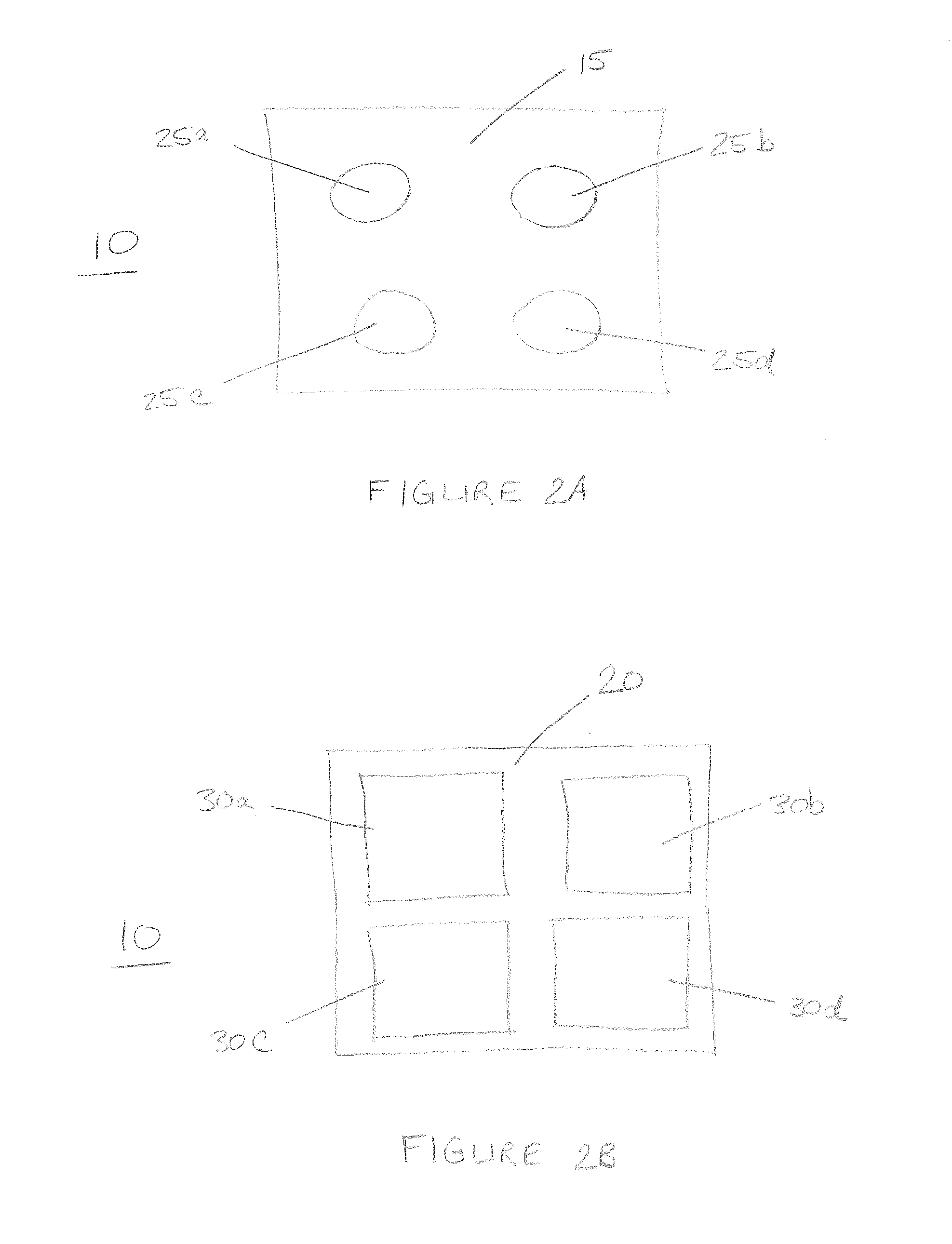Portable, low power instrument for the optoelectronic detection of pathogens using isothermal nucleic acid amplification protocols
- Summary
- Abstract
- Description
- Claims
- Application Information
AI Technical Summary
Benefits of technology
Problems solved by technology
Method used
Image
Examples
Embodiment Construction
[0015]This invention relates to an apparatus and method for optoelectronic detection of pathogens in a biological sample using isothermal nucleic acid amplification protocols. The invention employs an isothermal DNA amplification technique, such as but not limited to, loop-mediated isothermal amplification (LAMP). In certain embodiments of the invention, the presence or absence of a pathogen of interest is detected in a biological sample obtained from a patient by optical excitation and detection of amplified pathogen-specific nucleic acids. A medical diagnosis of disease in the patient can be provided based on the presence or absence of the pathogen of interest in the biological sample. The pathogen of interest can include a wide variety of known pathogens, such as but not limited to, e coli, chlamydia and staphylococcus.
[0016]In this invention, a fluorescence light output is used to detect and indicate the presence or absence of the pathogen of interest. The fluorescence light ou...
PUM
| Property | Measurement | Unit |
|---|---|---|
| Temperature | aaaaa | aaaaa |
| Temperature | aaaaa | aaaaa |
| Power | aaaaa | aaaaa |
Abstract
Description
Claims
Application Information
 Login to View More
Login to View More - R&D Engineer
- R&D Manager
- IP Professional
- Industry Leading Data Capabilities
- Powerful AI technology
- Patent DNA Extraction
Browse by: Latest US Patents, China's latest patents, Technical Efficacy Thesaurus, Application Domain, Technology Topic, Popular Technical Reports.
© 2024 PatSnap. All rights reserved.Legal|Privacy policy|Modern Slavery Act Transparency Statement|Sitemap|About US| Contact US: help@patsnap.com









